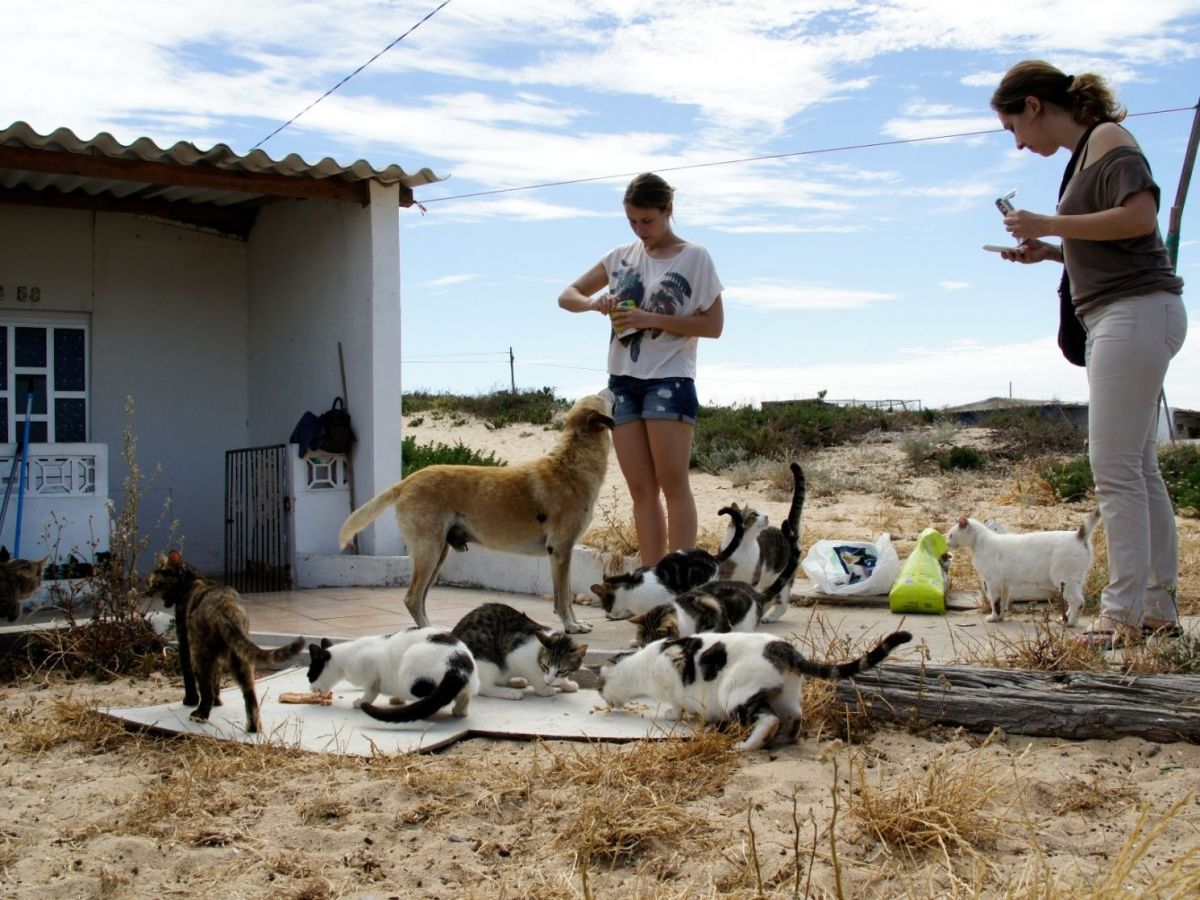Several local authorities have begun to include specific limitations in their urban hygiene regulations and, in some cases, the penalties reach significant amounts.
According to Ekonomista, there are municipalities that apply fines of more than €1,000 when the infraction causes obvious dirt or motivates complaints from residents.
Municipalities explain that they do not intend to penalise the good intentions of those seeking to help stray animals. The objective is to avoid public health problems and preserve urban balance. When food scraps are left in inappropriate places, they create favourable conditions for the appearance of rats, cockroaches, and other pests.
The concentration of pigeons increases the risk of disease transmission, and in historical areas, bird droppings accelerate the deterioration of buildings. In residential areas, the animals' dependence on food left by individuals compromises hygiene conditions.
Each municipality decides how to regulate these situations. Some municipalities have more moderate warnings, while others rapidly increase fines when the practice represents a sanitary risk or causes damage to the urban space.
Where is it prohibited?
There is no national law that addresses this matter uniformly. Thus, the rules vary from municipality to municipality. Lisbon, Porto, Cascais, Sintra, and other municipalities have already included the prohibition of feeding animals on public roads in their cleaning and hygiene regulations. To avoid surprises, the most prudent course of action is to consult the municipal regulations of your place of residence.
The most cited case is that of Oeiras. Article 79 of the Urban Waste Management, Cleaning and Hygiene Service Regulations establishes that placing food in public places that may attract stray animals constitutes an infraction. Fines range from €50 to €8,000, depending on the severity of the situation.
















How dare the council impose fines on people for feeding stray animals .
They would do better to educate the population into getting their cats and dogs sterilized and this would reduce the strays on the streets.
We adopted a stray pregnant cat who was pregnant.
Four weeks after the cat gave birth she was run over so we had four kittens to look after.
We adopted one kitten who at six months old was sterilized so won't be adding to the stray moggy population.
By Peter from Other on 23 Nov 2025, 12:11